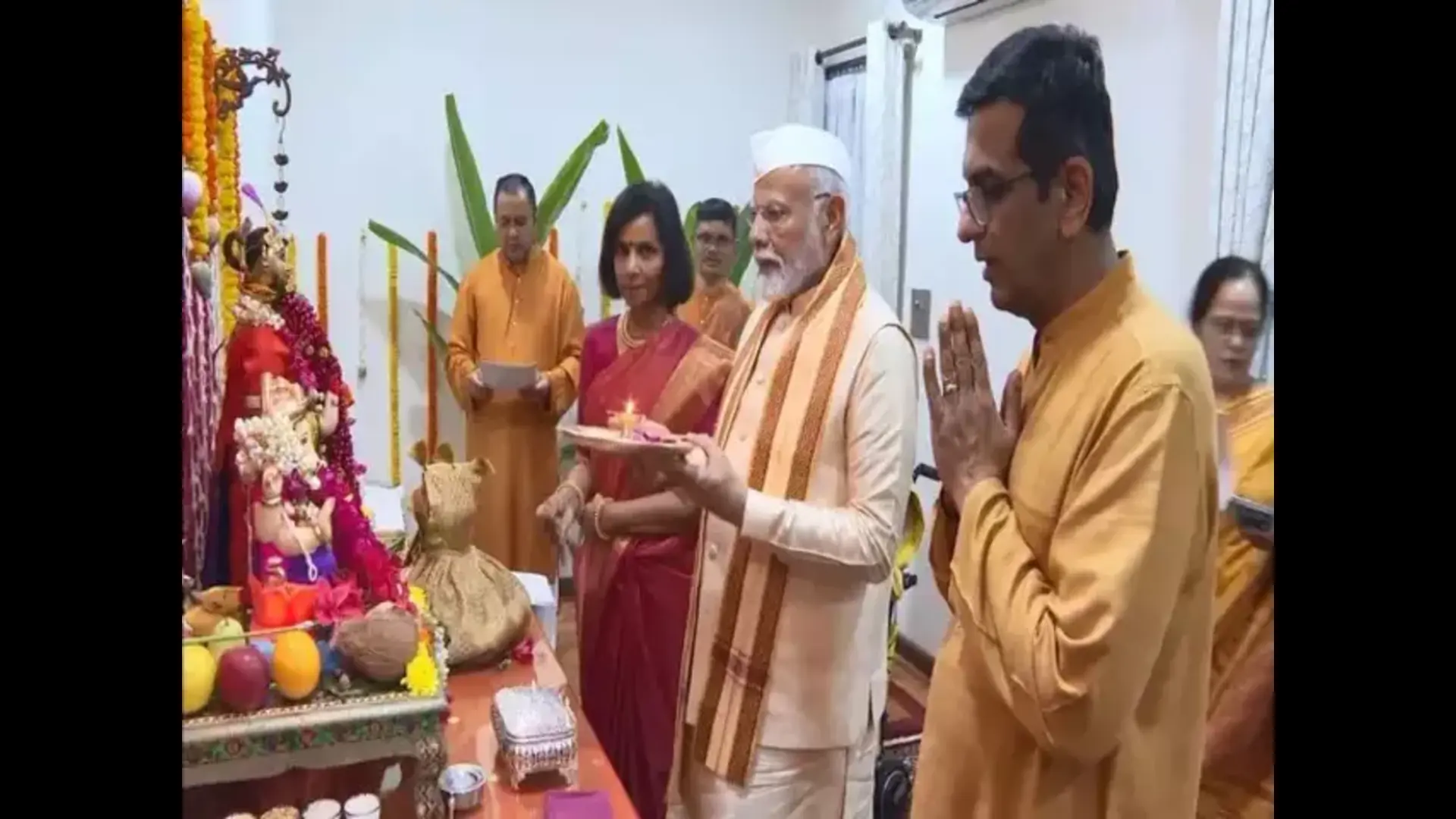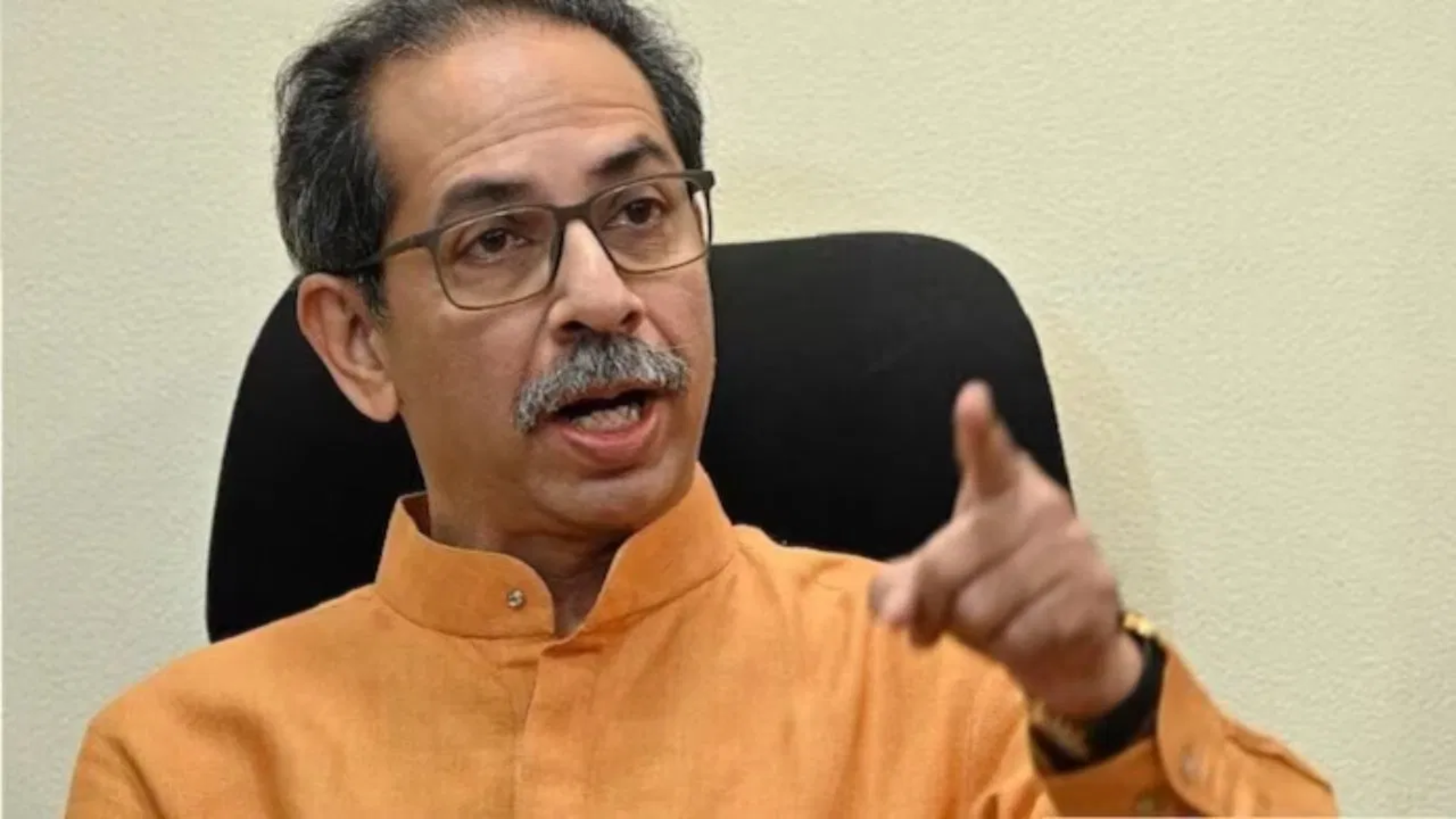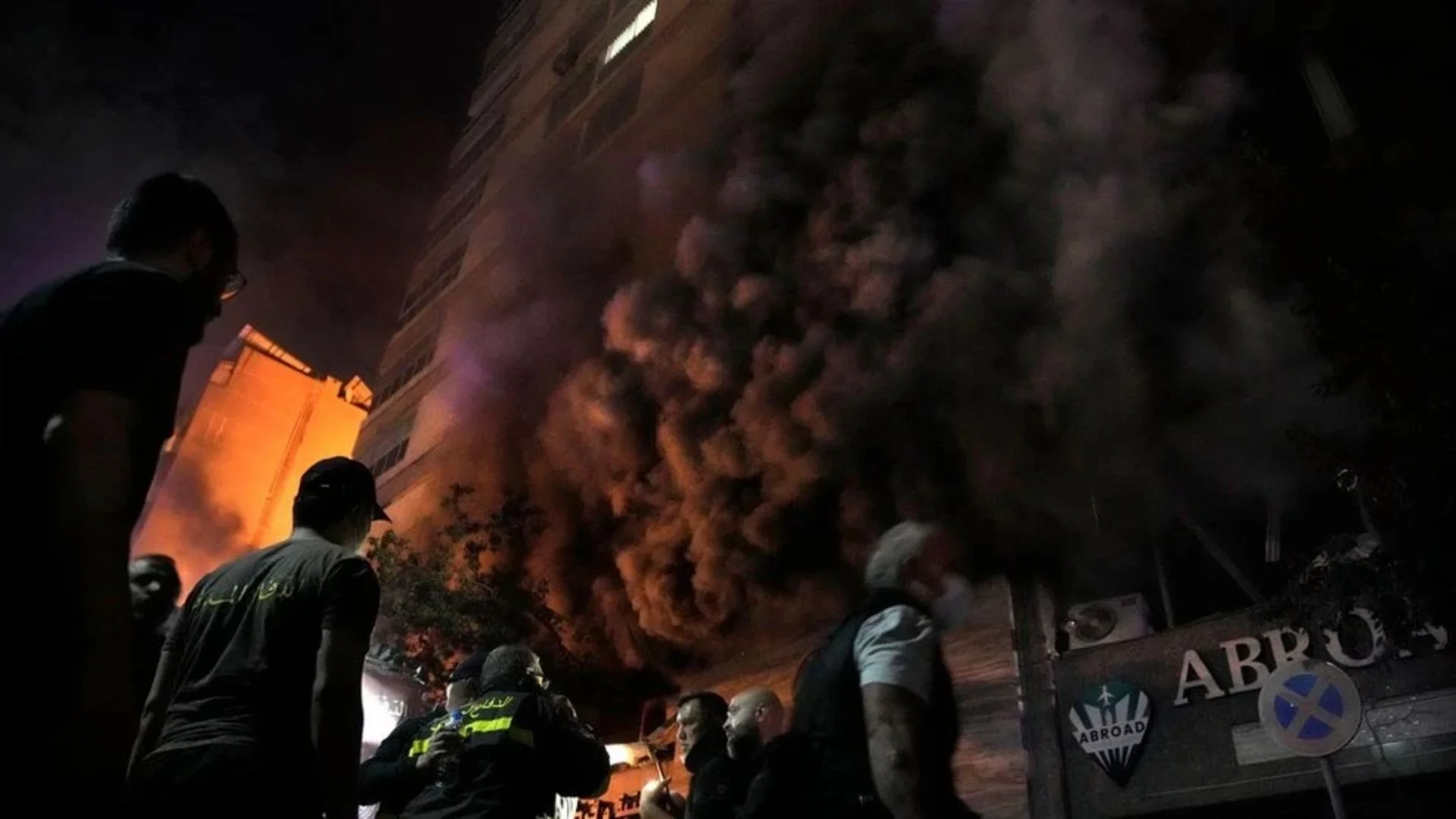
In a recent notification, the Ministry of Law and Justice has modified the resolution of the Collegium which had suggested for extending the tenure of Justice Pushpa Ganediwala to two years as additional judge at Bombay High Court. Instead, the Notification has modified the order and extended the tenure of Justice Ganediwala to one year instead of two. This particular act of the executive is attracting a lot of criticism across bar and bench, the former Chief Justice of India Justice R.M. Lodha has taken critical view of this step by the Executive. Not accepting the resolution of the Collegium is not an accepted convention in the Indian Judicial history, especially after the Supreme Court Advocate on Record Association v. Union of India (1993), backed by the In Re Special Reference (1998) judgments which have clearly laid down, that the final words regarding appointment, transfer and elevation of the judges would be with the Collegium.
However, it cannot be denied that off lately Justice Ganediwala has drawn a lot of criticism, especially due to her ‘skin-to-skin’ judgment on the POSCO matters, modification of the Collegium resolution does look like a result of this factor. However, it also needs to be kept in mind that through its 20th January resolution the Collegium had recommended the name of Justice Ganediwala for permanent judge in the Bombay High Court, however, the Collegium soon after retrieved the resolution and modified it to extension of tenure to two-years as an additional judge. As per Indian Express, the recommendation for the permanent position was retrieved after strong dissent were reported by Justice Khanwilkar and Justice Chandrachud on the name of Justice Pushpa. So, the role of Executive cannot be questioned on this front, however, modifying the years of extension does seem like a reasonable interference by the Executive. Yet, there are two ways of seeing this particular phenomenon. On a normative basis and on a judicial accountability basis, let us explore this incident initially on a normative basis, the fact that Justice Pushpa is an additional judge, and the collegium has extended her tenure and the Executive modified it to one year, which directly means that Executive has not complied with the Collegium resolution, which is against the accepted practice. However, this accepted practice of embracing Collegium resolution as a norm is only applicable to article 124 (2), 217 & 222. As only these articles talk about the term “……President in Consultation with such number of Judges of Supreme Court and High Court…….”, what is emphatic in this sentence is the term ‘Consultation’, which normatively means that the President will make appointment on the recommendation of the Collegium. This term ‘Consultation’ under article 124 (2), 217 & 222 brought ‘Collegium’ into existence, as per SCAORA judgment & In Re Special Reference opinion the term ‘Consultation’ meant consensus of the CJI along with the four senior judges of the Supreme Court and recommending the names to the President. In absence of the Consultation of the CJI with the senior judges, the Executive would not be bound to accept the recommendation of the Collegium (however, the strength and coram of Collegium changes as per the role it is working upon). Thus, the term ‘Consultation’ brings a normative set of procedure which has to be followed, however, under article 224 of the Constitution which governs the terms and tenure of additional judges, there is no usage of the term ‘Consultation’. Therefore, the kind of bondage that the Executive has to follow in case of article 124 (2), 217 & 224 due to normative procedure of ‘Consultation’, the same normative procedure does not seem to be a part of article 224. Surely, the Collegium cannot claim to have the same normative strength under article 224, as the article 224 reads “….it appears to the President that the number of the judges of that Court should be for the time being increased….”, there is no usage of the term ‘Consultation’, rather the satisfaction of the President under article 224 is much freer-flowing then as compared to that of Article 124 (2), 217 & 222.
On the second front, the fact that Executive is restricted the tenure to one year instead of two seems like a chastisement for the kind of judgment which was delivered. Judicial accountability surely is a much-needed element for the Indian Judiciary. In a Recommendation-based appointment model, the risk of appointing a wrong person in a high position is palpably there, so will the interference of the Executive in the working of Collegium would work as a check upon the judiciary which for long has stayed away from any scrutiny. Ever since the 1993 SCAORA judgment, the working of Collegium has turned very discreet with limited scope of judicial review, with the last attempt being made in 2015 when the BJP-led government tried bringing NJAC which was again struck down on the ground of Judicial Independence. Therefore, this step of modification might be seen as a step towards judicial scrutiny or legislating the judicial action to bring it more in consonance with the public image, the fact that the judgment of Justice Pushpa was much published and was in lime light across the society, surely has played a role in bringing Executive action.
It is however, paramount to highlight anecdotes from the making of the Indian Constitution to understand the jurisprudence of this issue. Judiciary since the inception of the Republic of India has held a sacrosanct position in the minds of individuals. A great deal of debates and discussions in the Constituent Assembly have been dedicated to ascertain this sacred and democratic idea of independent judiciary. In the words of Nehru, “of the highest integrity…people who can stand up against the executive government and whoever may come in their way.” Surely, Nehru’s implication was on the part that, the judiciary must stand between the executive and the people of India as a pillar to balance the State’s action. But a significant question that kept the debate going was on the appointment of judges to these Constitutional Courts. Prior to the debate, the Sapru Committee (1946) heavily criticized the colonial system of appointment, which allowed excessive interaction with the executive. This report laid the foundation for the idea of an independent judiciary in respect to the appointment of judges. It is fascinating to note that, although the Constituent Assembly was inclined towards the independence of judiciary (Nehru’s speech gives a clear idea), there were alternate opinions on the same. These alternate opinions include T.T. Krishnamachari’s caveat to maintain a check-balance system. According to Krishnamachari “Imperium in Imperio… operating as a sort of superior body to the general body politic.”, his words reflects the idea that the independence of judiciary may result in a superior body working as a parallel executive. Moreover, Ambedkar’s views were in conformity with that of Karamchari’s, though Ambedkar placed his rational upon the personal bias of individuals, he believed that if the power of concurrence lies with the CJI, it would lead into a ‘veto’ power bestowed with the CJI. Though the CJI is of the highest integrity but the chances of personal bias can’t be negated, and if it happens, it would disrupt the fine balance of the three organs of the State. On the line of Nehru, Krishnamachari and then Ambedkar, it is safe to interpret that there is a fine line of independence of judiciary and check-balances.
However, there have been few instances where this fine line has been breached by the executive. Previously, the executive has turned down the name of Mr Gopal Subramanium for his elevation as a Supreme Court judge. Similarly, the executive had put a hiatus on the elevation of Justice K.M Joseph. In the former case, Mr Subramanium wrote to the then CJI R.M. Lodha, expressing his anguish he wrote ‘carefully orchestrated drama to scuttle my elevation.’. The latter case seemed like high-tabled political drama to manipulate seniority. Justice Joseph’s appointment was delayed for more than a year, affecting his seniority in the Supreme Court. Another example to this delayed practice could be seen in Justice A.K. Kureshi’s appointment, where the collegium and the executive went neck-to-neck. The collegium twice recommended to elevate Gujarat High Court Justice Kureshi as Chief Justice of Madhya Pradesh High Court (sanctioned strength of 53 judges), but the executive raised objection over the recommendations. The result of it, if seen in the light of Constituent Assembly would again resemble the breach of the fine line, ultimately Justice Kureshi was recommended and appointed to Tripura High Court (sanctioned strength of 4 judges). Also, the former CJI TS Thakur, in the year 2016, pulled the executive by threatening to summon the officials of Law Ministry and the PMO over a tussle between collegium and the executive, wherein the executive sat over the recommendations by the collegium.
So, it is thus lucid that there lies a tussle between the modus operandi of both collegium and the executive on the appointment of the judges and at times executive has abstained itself from concurring with collegium. However, the collegium recommendations as well have not been transparent at times. The parameters for the recommendations made by the collegium are kept behind the doors, for instance in 2019, Chief Justice of Madras High Court (sanctioned strength 75 judges) V.K. Tahilramani and the senior most of the high court judges at that time, resigned after the collegium transferred her to the high court of Meghalaya (smallest high court with the sanctioned strength of 3 judges). While this move manifested the procedure of appointment of judges in the bad light, it also attracted criticism and protests from the legal fraternity, to which the collegium responded by saying that it had ‘cogent reasons’. Justice Chelameswar while penning down his strong dissent in NJAC judgment, noted non-transparency, non- accountability and speculations in the working of collegium. Even Justice Kurian Joseph, who was the part of the majority judgement said that he regrets his decision because of non-transparency of collegium system, he stated in the context of the collegium that “..100% defective… I regret my NJAC judgment.”
This is now essential to bring back the Assembly into the debate again, while the instances of executives overplay on the collegium directs towards the idea of Nehru to keep the independence of judiciary intact. Whereas, on the opaqueness of the Collegium system, Krishnamachari’s and Ambedkar’s idea take the forefront of maintaining checks and balances.















